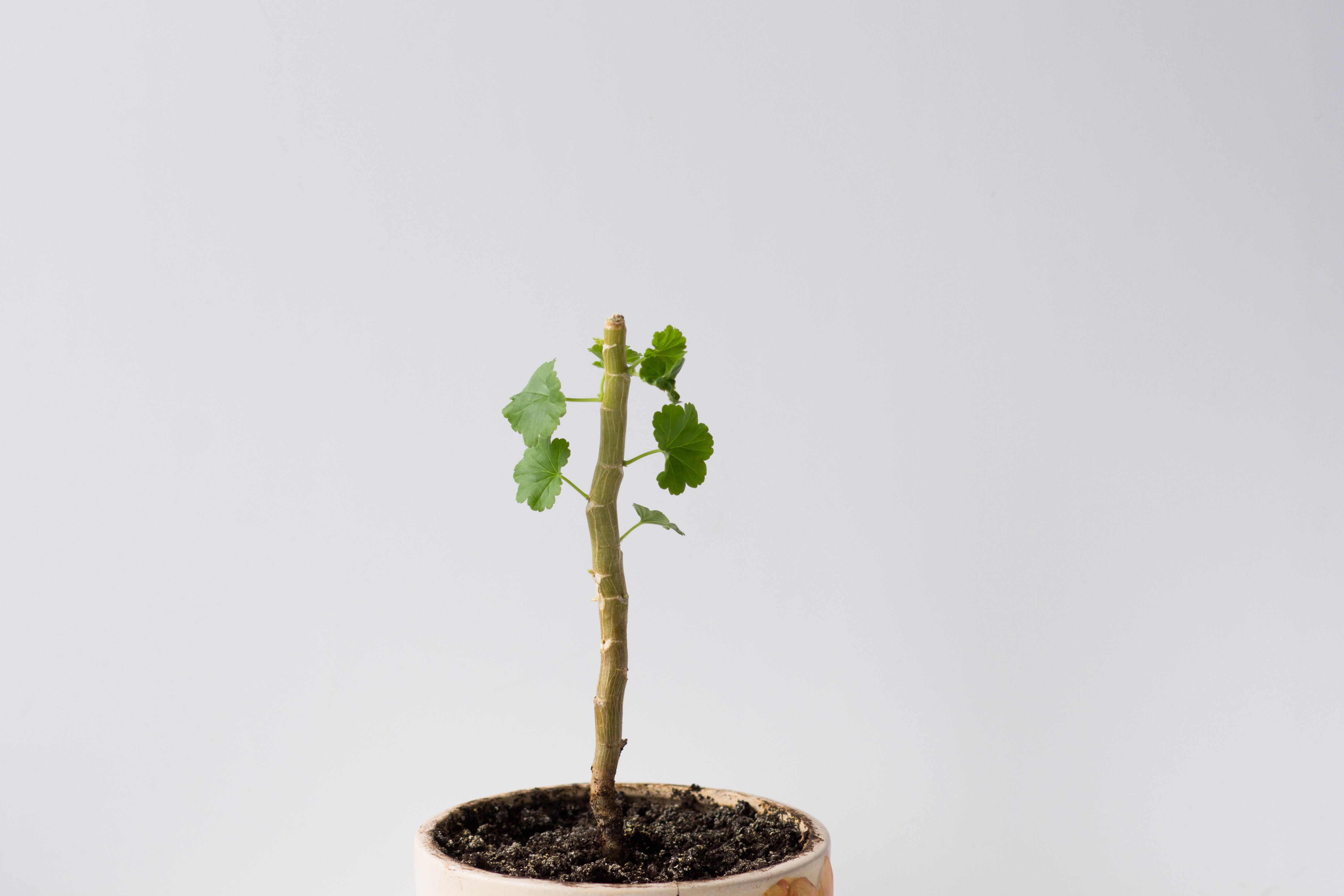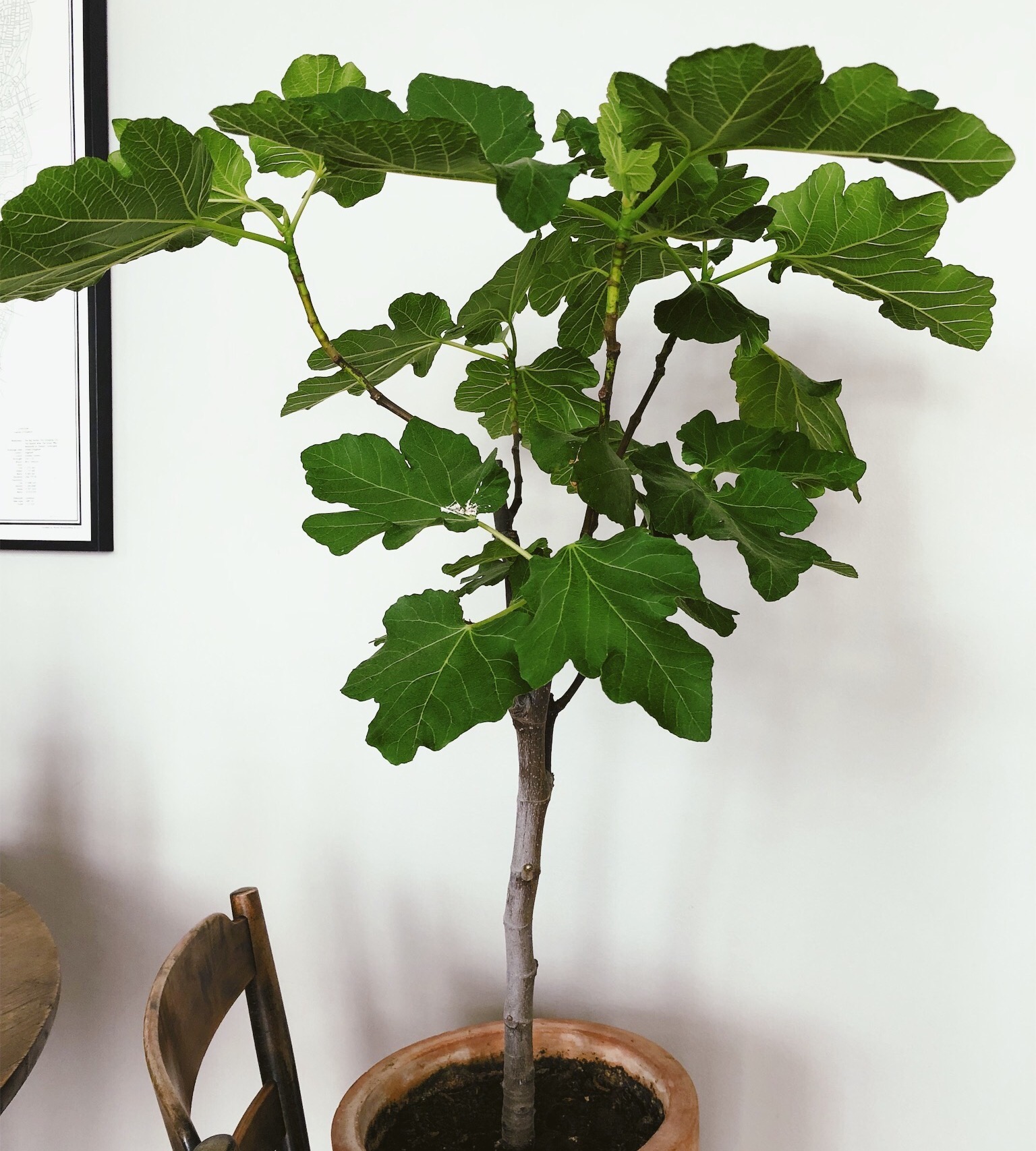Guide on how to turn your plant into a tree
Shaping a plant into a tree can be an intriguing and fun way to maintain them. But before you start there's a few things you'll need to know.
You'll need to have a type of plant that will be able to grow sturdy stems and branches. Vining, creeping, rosette-growing plants, grass and cacti will be very difficult to turn into a beautiful tree-shaped plant.
So what type of plants can be used?
You'll need what's called woody perennial. This includes trees, shrubs, subshrubs and herbaceous perennials. So besides the common trees that you might already be aware of, such as Ficus, Umbrella tree and Citrus, here are few other examples of plants that can be grown into tree shaped plants:
Pelargoniums, Peppers, Roses, Coleus, Shrub-like Begonias, Lilacs, Fuchsias, Hydrangeas, Gardenias, Azaleas, Jade plant and Mallows
Spring and early summer are the best seasons to start your project
If you live in an area where you have darker and/or colder seasons it is better to wait until the growing season begins. If you start growing or pruning your tree in the cold season or during the darker months of the year your tree will become leggy and the new growth will become etiolated.

- The flowering maple (Abutilon) is easy to shape into a tree
Depending on if you start out with a young plant, a cutting, a single stem plant or if you have an older tree that you just want to maintain the shape of you might want to skip to the next part.
Start shaping your tree
Begin with choosing a cutting or plant that has a straight stem and is healthy. You can help to maintain a straight stem throughout the process by supporting it with a plant support right from the start.
Your plant will now grow upright and produce leaves along the stem. It might also start to branch out or produce flowers. Remove all the flowers until you have the shape you want. The production of flowers will take energy from your plant and you want it to focus on growing.
As your plant grows you can start defoliating it from the base and moving slowly upwards. Just make sure it has enough foliage left to photosynthesize properly. If your plant starts to grow side branches on the stem you can prune those off with a clean, sterilized pruning tool.
When your plant has reached the height where you'd like the base of the crown to start you can move on to pruning the tip. Cut the tip off the plant just above a set of leaves or a node.
You have now started the journey of creating the crown of your tree!

- Prune the tip of your single stem plant just above where you'd like your crown to start
Producing and maintaining the crown of your tree
Apical dominance is the botanical term of when your plant is focusing on growing its main stem and leaving all other buds and nodes dormant, except for leaves. This phenomenon explains why this maintenance step is necessary for your plant to produce and maintain a crown.
Your plant is now mainly focusing on growing upwards or towards the light. Not until the the tip of the branch or stem is damaged, or have reached their full potential, will it start wakening up the dormant buds hiding inside the nodes. This is one way some plants have evolved to compete against other plants for light. By pruning of the tip of the stem you will force your plant into growing side branches.
The upcoming side shoots will also continue growing until their tips gets damaged or pruned. So by continually pruning back the tips slightly on each side branch you will eventually form a crown.
You should however pause the pruning during the darker seasons of the year. It's better to wait until a more favorable growing season arrives to avoid getting etiolated and leggy new growth on your tree.
Some extra tips on your journey
- Provide your plant with excellent care such as proper light, watering it and fertilizing it according to its needs.
- Don't forget to turn your plant now and then to avoid a tilted plant or uneven crown
